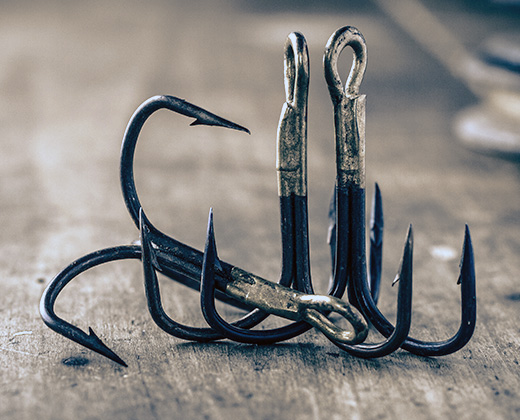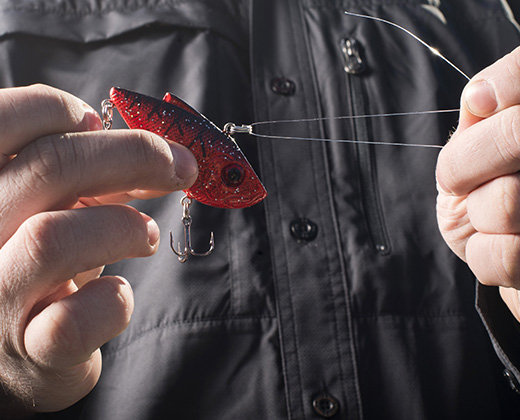How to Tie a Wacky Rig
Simple and successful is the name of the game with wacky rig bass fishing. Learn how to tie on this unique and effective presentation style.
When you’re looking to mix up your fishing presentations, a popular rig for anglers to throw is the wacky rig. This setup features a stickbait that has a unique and interesting action, shimmying as it falls through the water. The wacky rig setup can be great for clear water conditions or when you’re looking to attract fussy bass.
The wacky rig is simple to construct, but there are some helpful steps you can take to further extend the lifespan of your soft plastics without sacrificing performance. Use these angling Pro Tips to learn how to tie this easy and effective rig.
REQUIRED TACKLE
For your wacky rig, the tackle list is fairly short. All you will need is:
- Hook
- Stick-style soft plastic bait
- Wacky rig tool and O-rings (optional)
Justin Lonchar, a DICK’S Sporting Goods Associate, says, “I personally use these for the durability of the soft plastic,” referencing the wacky rig tool.
STEP-BY-STEP INSTRUCTIONS
While tying a wacky rig can be simple to rig, continually piercing the same soft plastic with a hook can weaken the lure’s structure over time. To combat this, using a wacky rig tool with an accompanying O-ring can help increase the number of fish you’re able to land with each bait. Follow these steps on how to use a wacky rig tool and O-ring to build this rig:
- Insert your stick bait halfway into the wacky rig tool.
- Slide one O-ring to the middle of your stick bait.
- Attach your fishing hook to your main line via a Palomar knot. Learn how to tie a Palomar knot here.
- Attach your stickbait to your hook by threading the hook point around the O-ring.
BONUS PRO TIP: Change your rig’s action by using a weighted hook. Weighted hooks can allow anglers to fish in deeper water and can alter the setup’s action for a more vertical fall.
A wacky rig can be a great tool for bass anglers looking to change their lure setup this season. Use these tips to get the most out of your soft plastics and hook into a “reel” good time.








